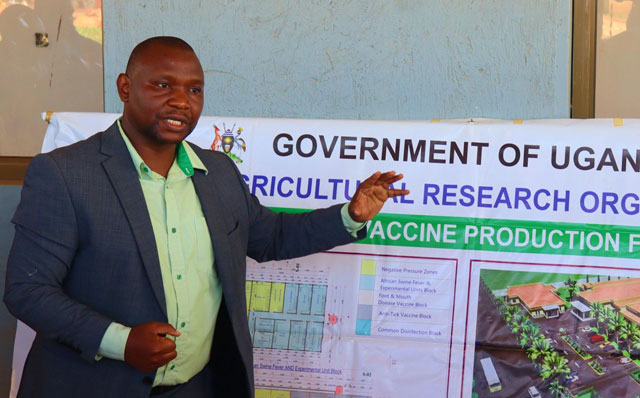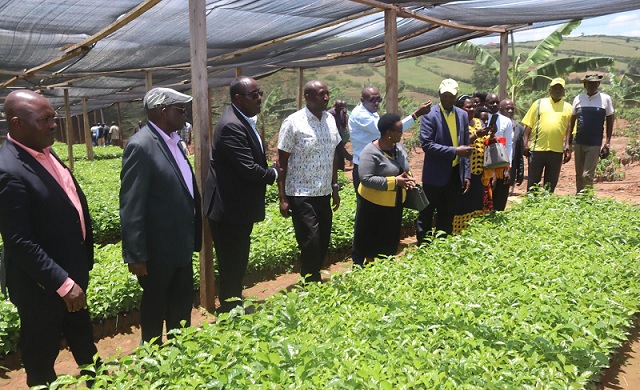Minister Tumwebaze Reveals 88% Success Rate for Local Anti-Tick Vaccine
In a parliamentary session on Wednesday, Agriculture Minister Frank Tumwebaze disclosed that an anti-tick vaccine developed in Uganda has demonstrated an efficacy rate of 88% in combating tick infestations in livestock. The vaccine’s efficacy is considerably higher than a previously commercialized Cuban vaccine with a 50% effectiveness rate. The Agriculture Minister’s statement came in response to Vice President Jessica Alupo’s inquiry regarding the delay in releasing the vaccine to the public.
Minister Tumwebaze pledged to provide a comprehensive progress report on the vaccine’s development within two weeks. He mentioned that security concerns had prevented them from sharing information about the vaccine’s progress, but the final trials had been successfully completed. The anti-tick vaccine was developed by the National Agricultural Research Organisation (Naro).
Vice President Alupo emphasized the importance of this development, noting that the delay had been a concern for many years, given that a significant portion of the population relies on livestock for their livelihoods. The anti-tick vaccine, according to information from Naro, is expected to significantly reduce the need for acaricide use, lowering the frequency from twice a week to only twice in six months. This reduction in acaricide usage is anticipated to result in cost savings for farmers, helping them achieve profitability with lower expenses.
Naro’s research suggests that the vaccine could reduce the importation of chemicals from 350 tonnes to less than 170 tonnes, translating to a cost-saving of Shs1 trillion over a period of more than three years. The vaccine’s potential impact on the agricultural value chain is substantial, and it holds promise for improving the economic prospects of Ugandan livestock farmers.
In January, a technical team from the Ministry of Agriculture briefed Members of Parliament on the plans to produce both anti-tick and foot-and-mouth disease vaccines in Uganda through Naro. A facility at Nakyesasa, Kampala, had been established to support these vaccine manufacturing efforts.




















